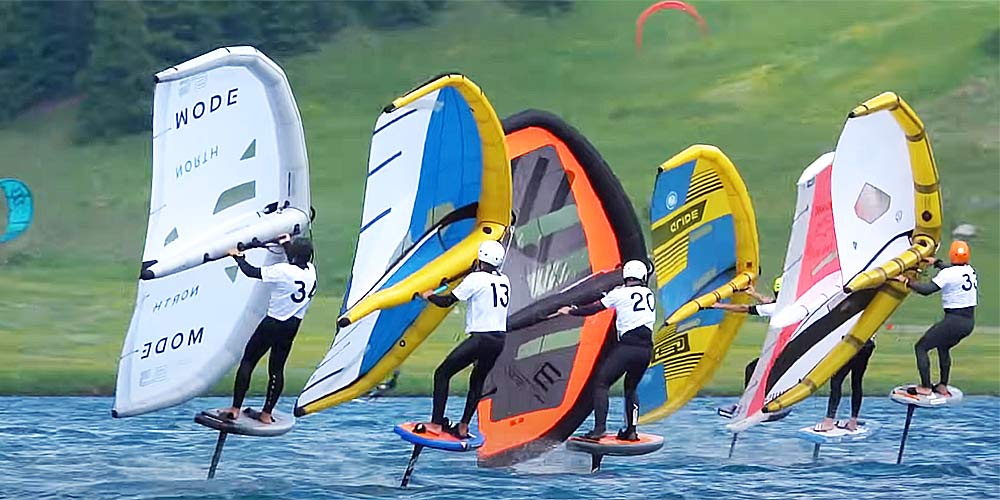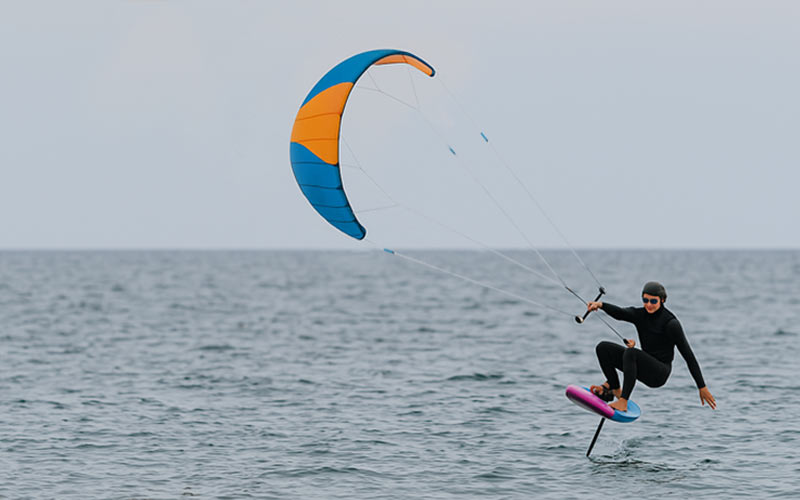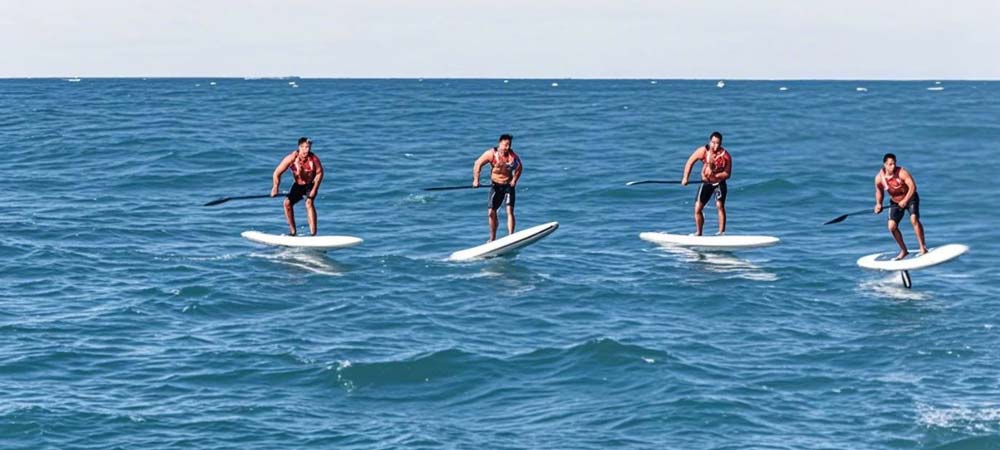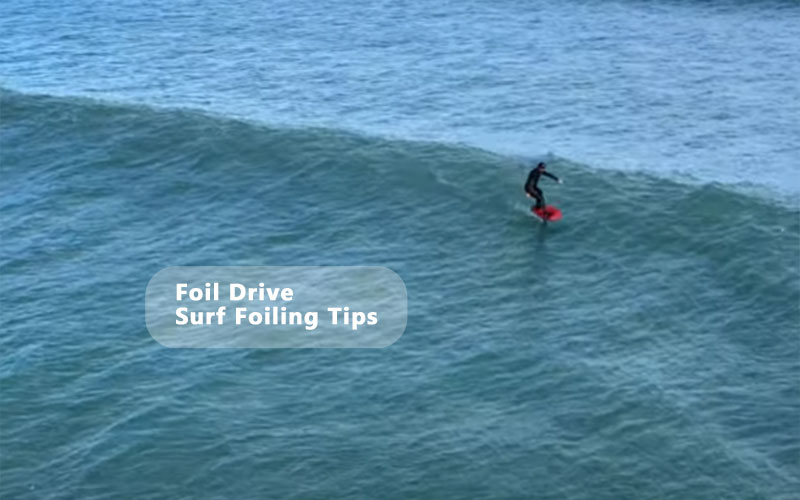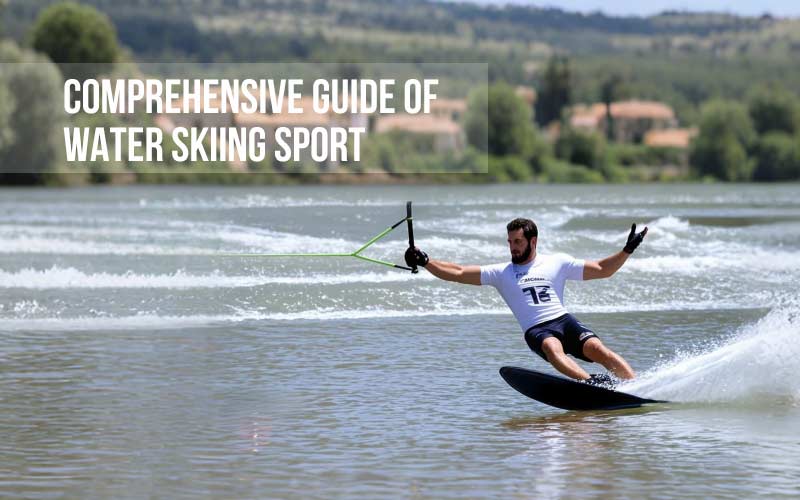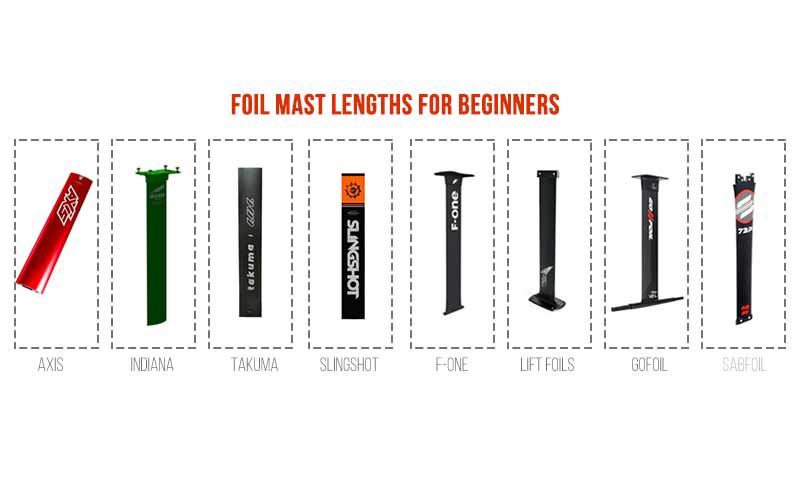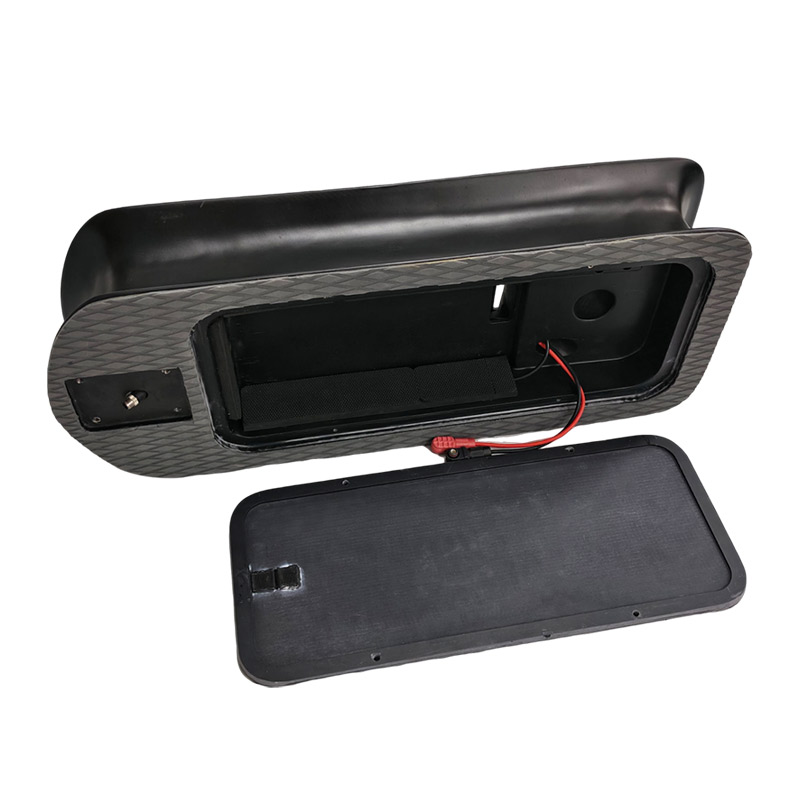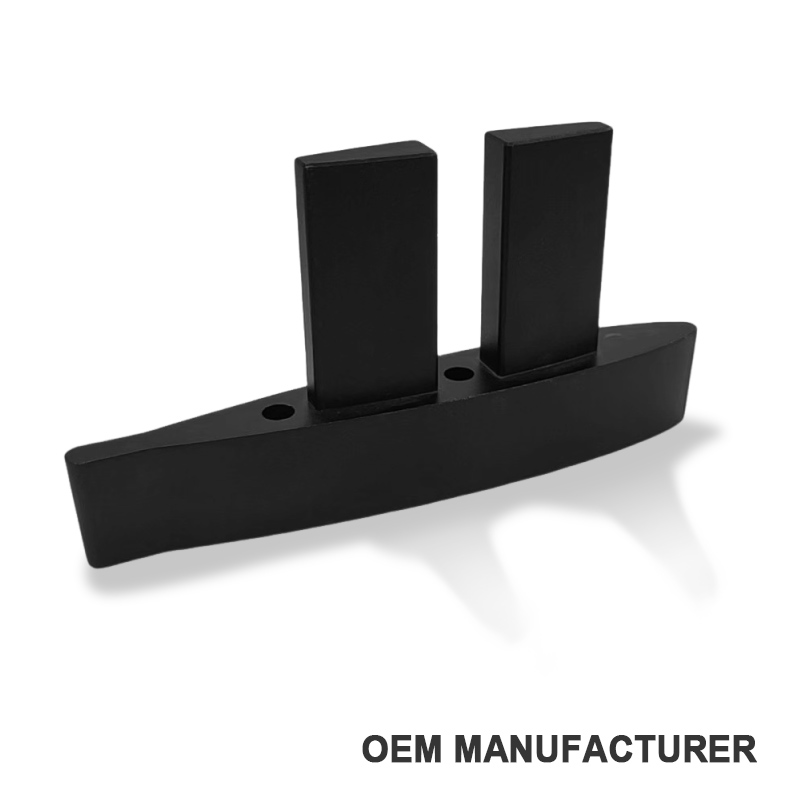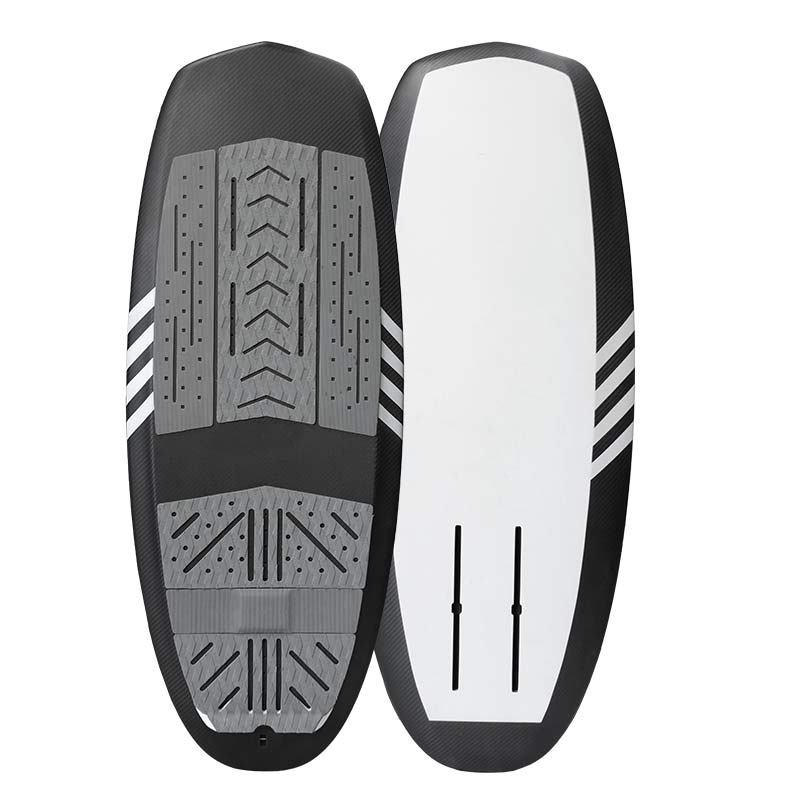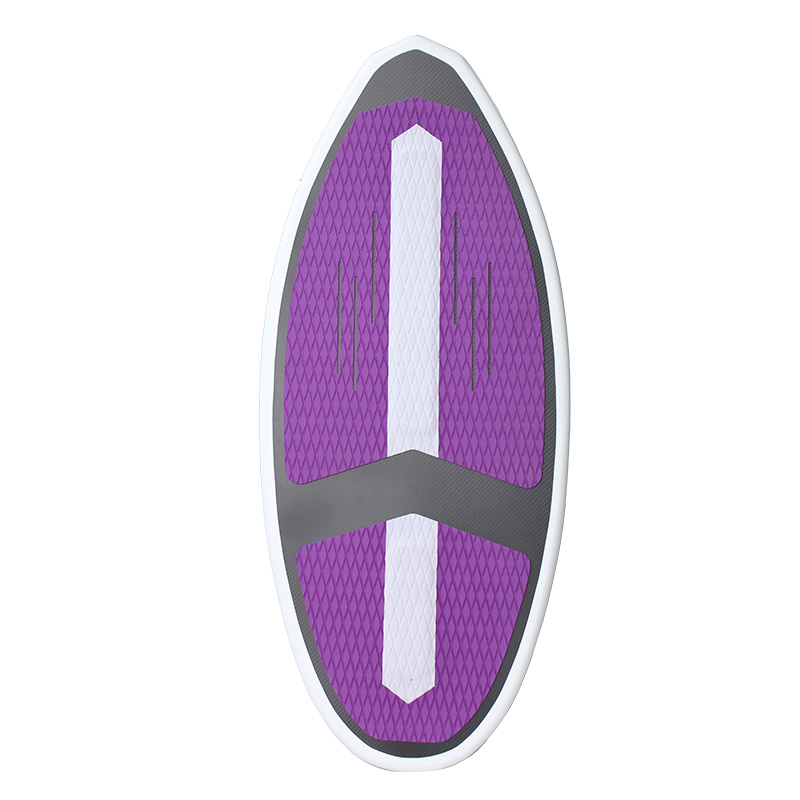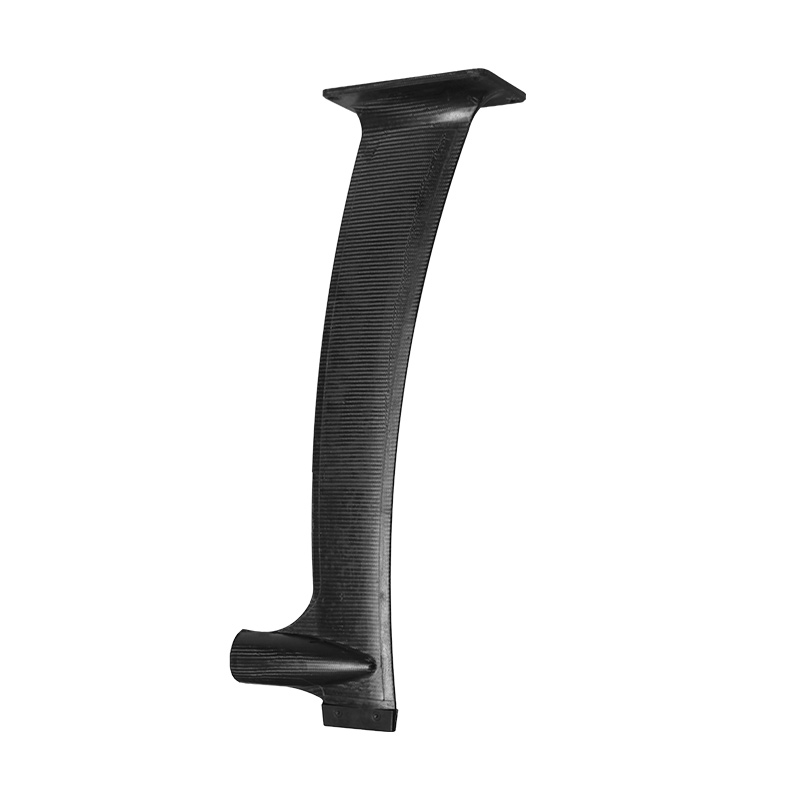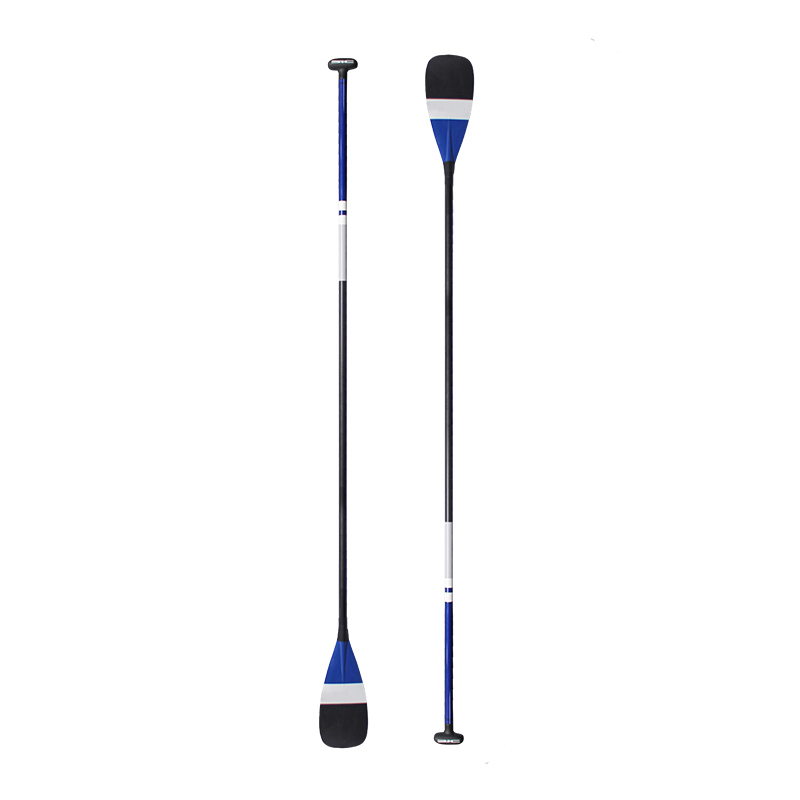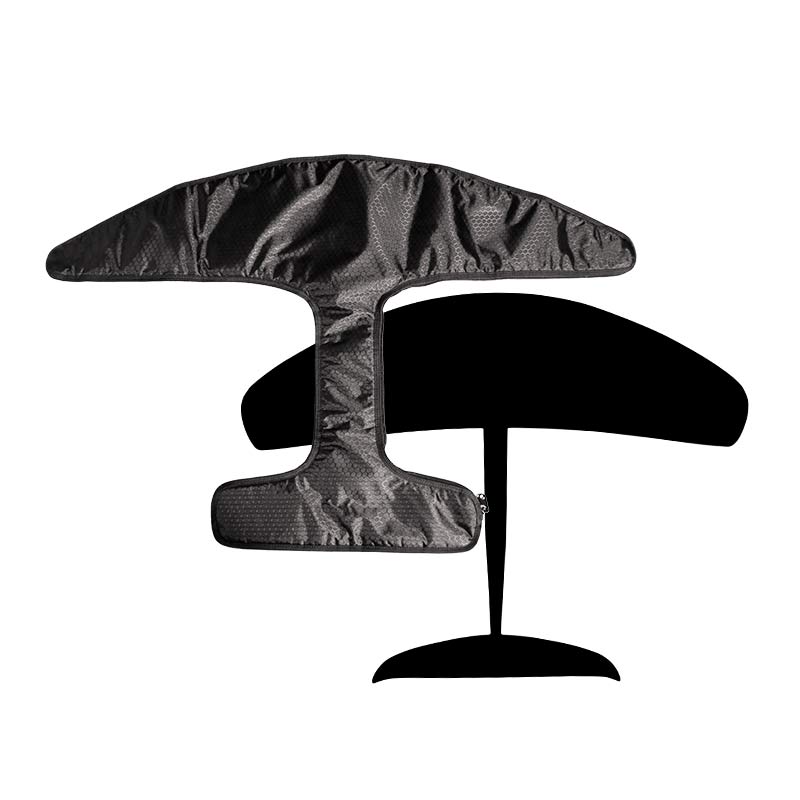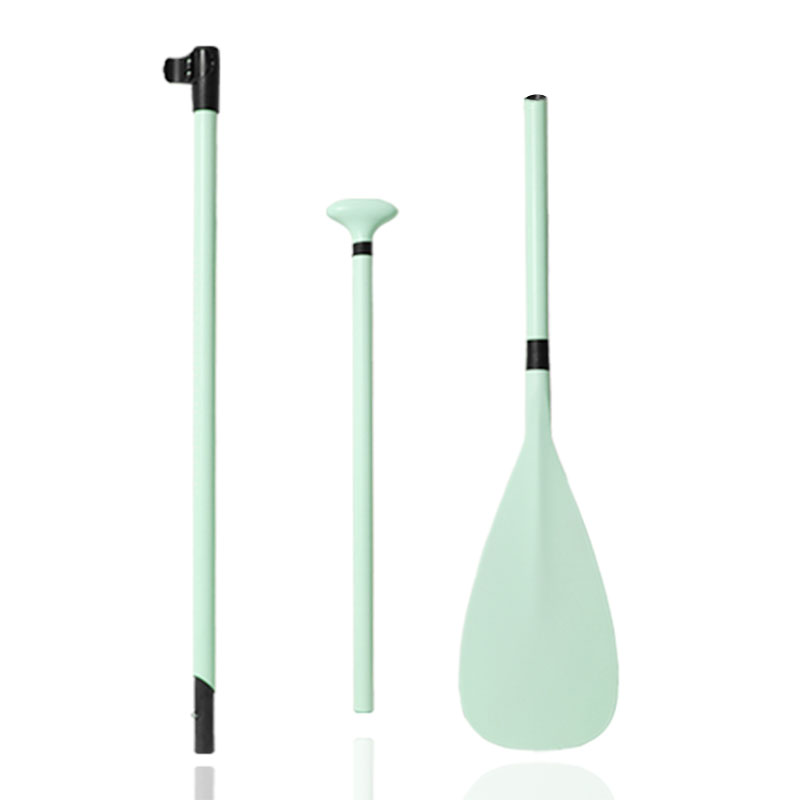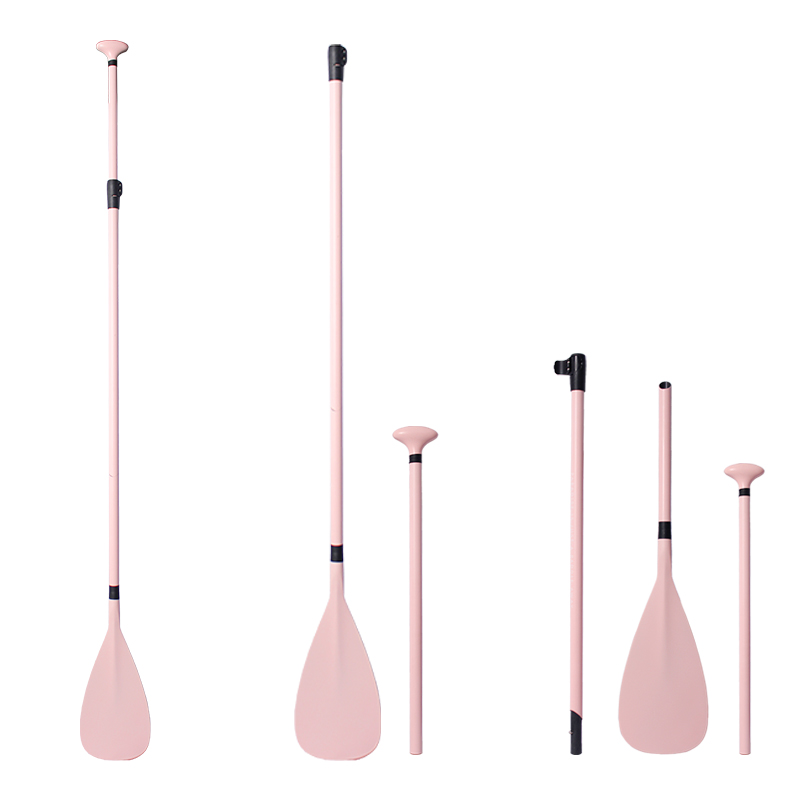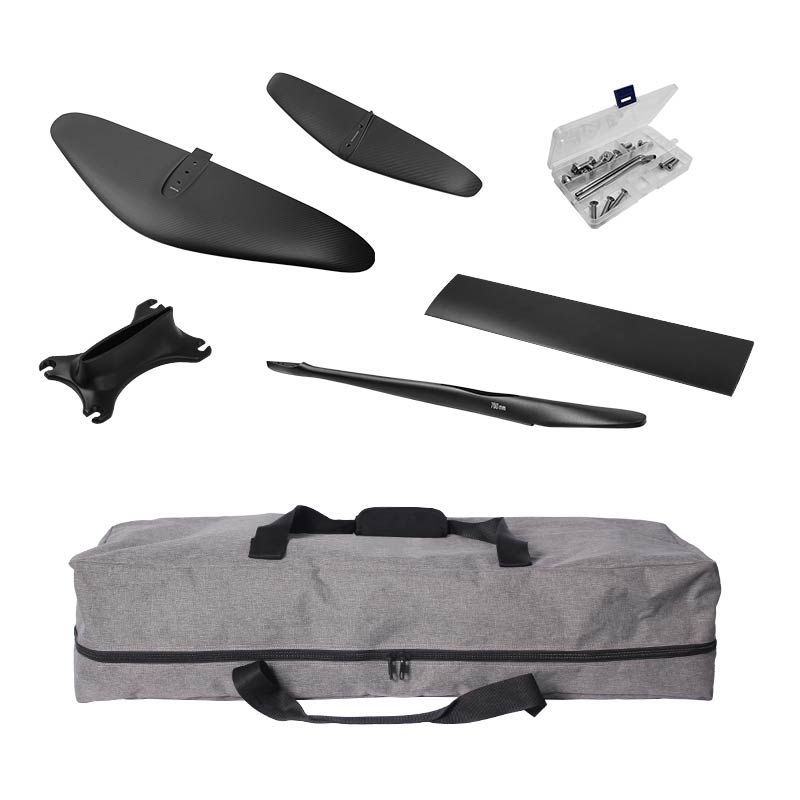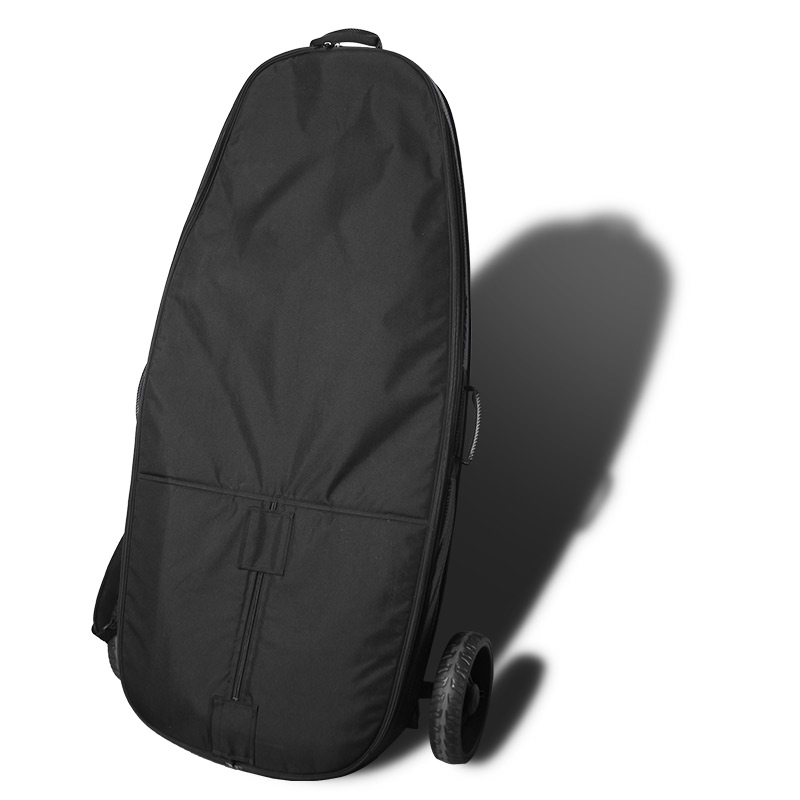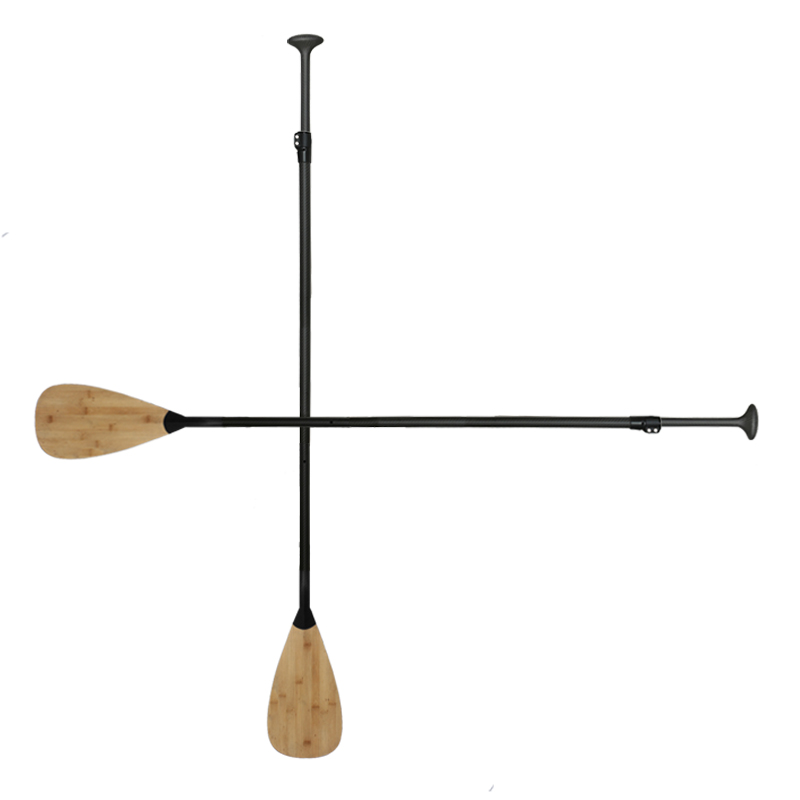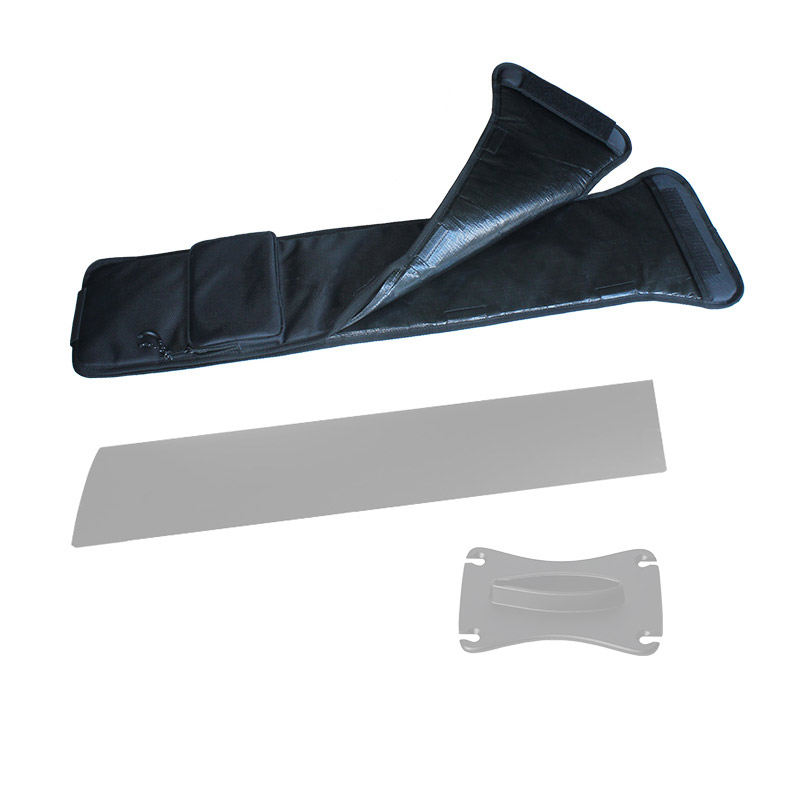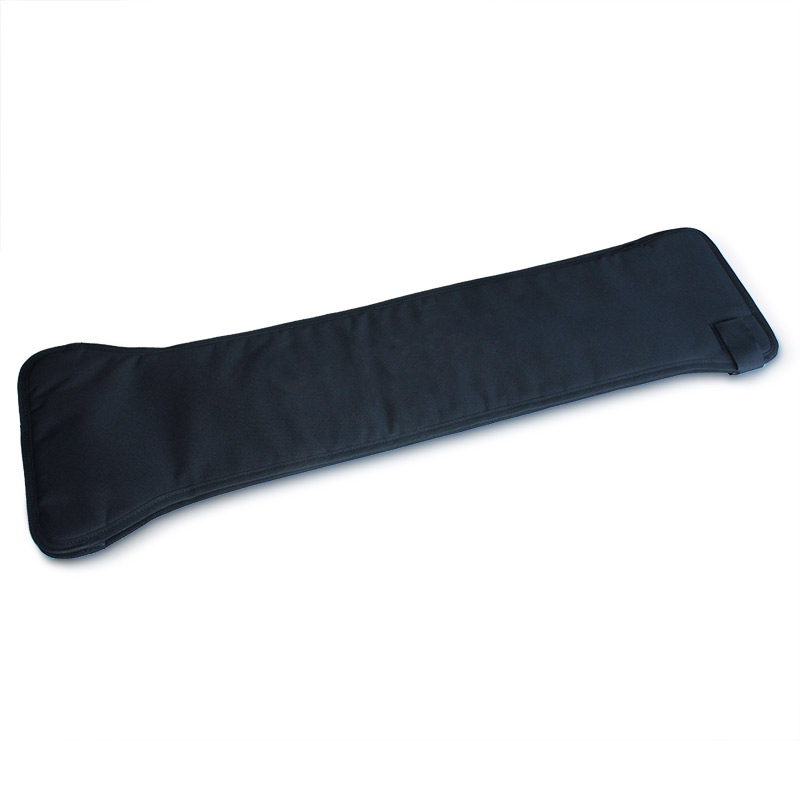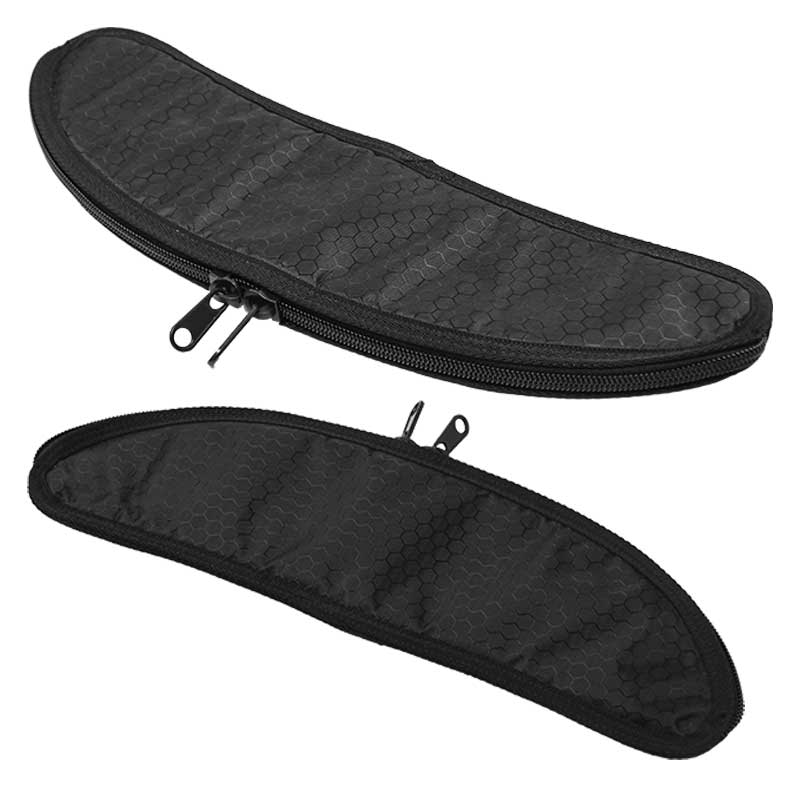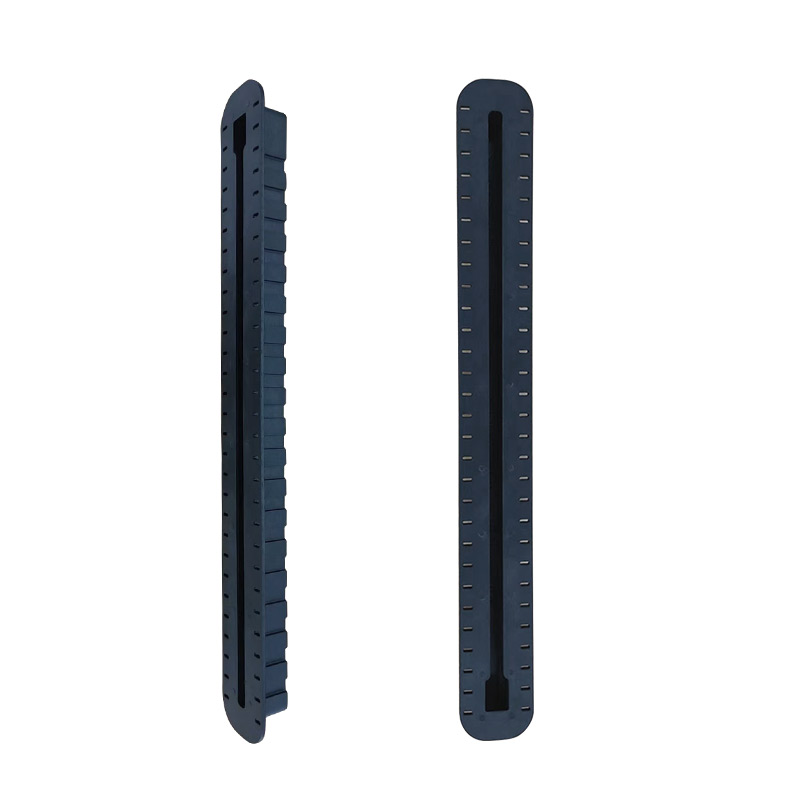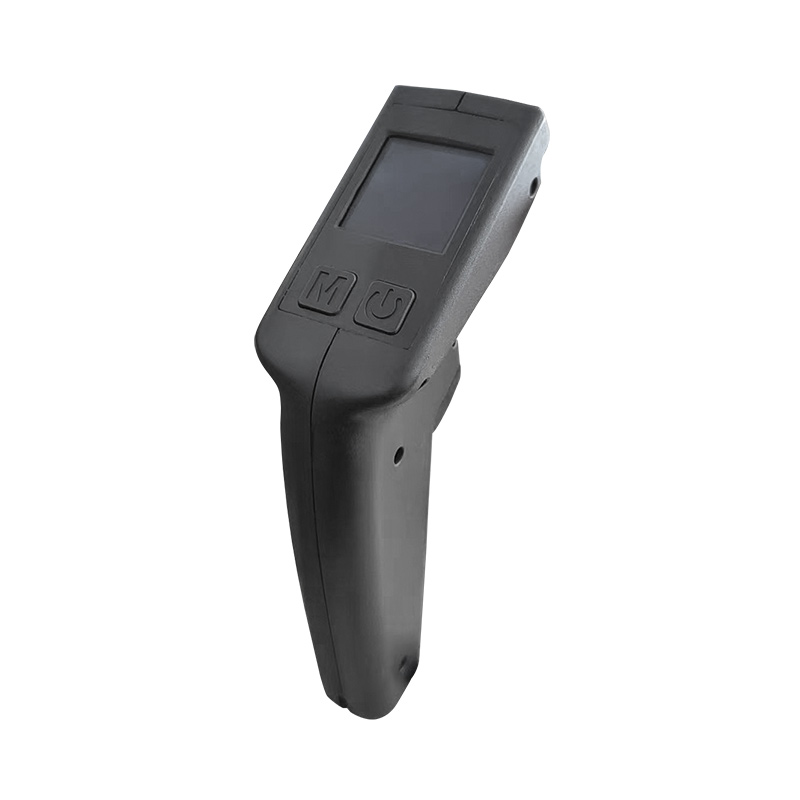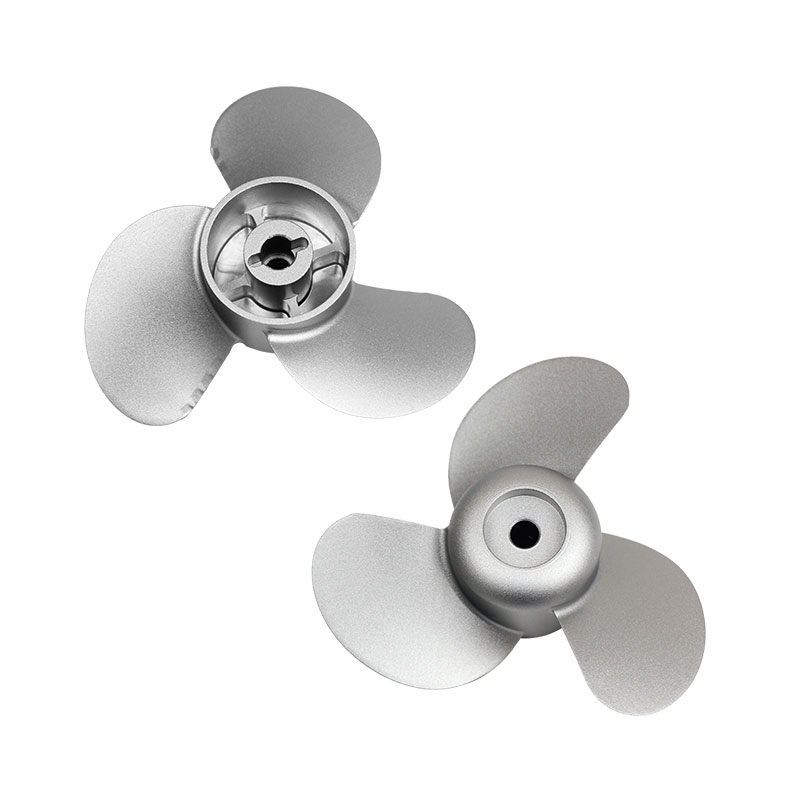How to ride an efoil? For many surfers, riding an e-foil is an exhilarating and unique water sport that blends surfing with electric propulsion. To help you get started safely and effectively, we’ve compiled a step-by-step guide on everything you need to know before and during your efoil session. And if you want to buy efoil at wholesale price, or custom electric foil, welcome to contact us for more details.
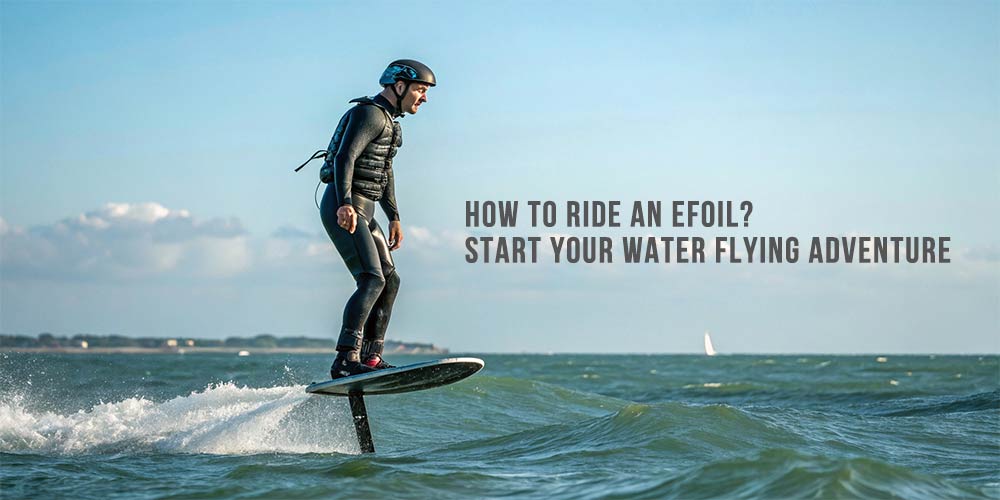
3 Tips Before Riding An E-foil
Before you take to the water on an e-foil, it’s essential to ensure both your safety and the proper setup of your equipment. Efoiling can be an exciting and thrilling sport, but like any water activity, it comes with certain risks that can be mitigated with the right precautions.
In this section, we’ll cover key safety guidelines, tips on choosing the best location, and the steps you need to take to prepare for your ride. Following these important steps will not only help you stay safe but also set you up for a successful e-foiling experience. Let’s begin by looking at safety first.
Safety First
When learning how to ride an e-foil, safety should always be your top priority. Here are some essential safety tips:
- Always wear a helmet and a life jacket while riding the electric hydrofoil. These protective gear items are crucial in case you fall or encounter an emergency.
- Be cautious around sharp objects. Avoid any sharp rocks, debris, or other potential hazards in the water.
- When you’re near the board in the water, keep your hands and feet away from the propeller. The propeller is dangerous and can cause severe injuries if you come into contact with it.
Different regions may have different regulations about where and how you can ride an efoil surfboard. Before heading out, make sure the area you’re planning to ride is suitable and that you’re following any local laws or rules.
Choosing the Right Location
Selecting the right spot is critical for a safe and enjoyable e-foiling experience. The ideal location should meet the following criteria:
- It should be free from obstacles and not too crowded with people.
- The water depth should be at least 1.5 meters, and the area should be far from swimmers.
- Calm water is much easier to ride on, especially for beginners.
- Avoid areas with rocky or hard bottoms, as they could damage your carbon fiber board and foil. Soft, sandy bottoms are best for electric foiling.
Preparing for Your Ride
Before you hit the water, take a few preparatory steps:
- Test the motor by holding the board and activating it briefly. Be sure the motor only runs when it’s submerged in water.
- Do not allow the motor to idle while out of the water.
- If the board weighs over 25 kg, ask a friend to help you carry it to the water, or handle it carefully on your own.
- You can push the board into the water from the side or flip it over, but avoid flipping if the water is less than 1.5 meters deep or below chest height.
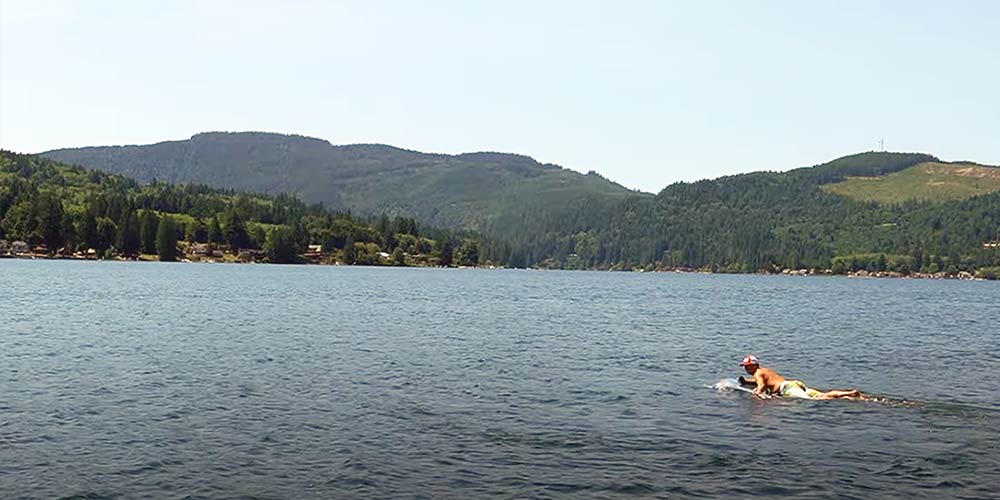
How to Ride an eFoil?
Once you’re in the water and ready to ride your e-foil, it’s time to start the motor and begin your adventure. This step-by-step guide will help you safely get the motor running and start your ride smoothly.
Before you begin, make sure you’re in a comfortable position on the board. Lie down on the board, holding the front of the board with one hand and the controller in the other. The motor has a built-in safety lock feature that automatically stops the propeller if there’s accidental contact, so you can feel confident as you start the motor.
Follow these steps to safely activate the motor and begin your ride, then adjust your position and speed to maintain control and enjoy a smooth, steady ride on the water. Let’s walk through the process of getting the motor running and moving forward.
Starting the Motor
Once you’re in the water, follow these steps to start the motor:
- Lie down on the board, gripping the front of the board with one hand while holding the controller with the other hand.
- Start the motor, keeping your weight centered on the front of the board.
- The efoil comes with a safety lock feature, which ensures the propeller stops in case of accidental contact, preventing injuries.
- Hold the controller firmly, and check that the speed is set to Level 1. Ensure there are no objects near the propeller.
- Press the motor briefly, and after a five-second countdown on the display, the propeller will start, and the board will begin moving forward.
Riding the Board
- At Level 1 speed, you’ll move slowly, so keep holding the controller. Use your thumb to adjust the speed gradually from Level 1 to Level 4.
- Shift your body weight forward to keep the front of the board parallel to the water surface. Adjust your weight distribution depending on the speed and board’s behavior.
- If the front of the board dips into the water, shift your weight back. If the nose rises, shift your weight forward.
- For a smooth and steady ride, don’t accelerate too quickly. The ideal speed for beginners is usually between 6-10 km/h, which is fast enough for kneeling on the board.
- Be cautious when transitioning from a kneeling position to a standing position, ensuring you still hold the controller. If you release it or press it lightly, you may lose balance and fall.
Standing Up
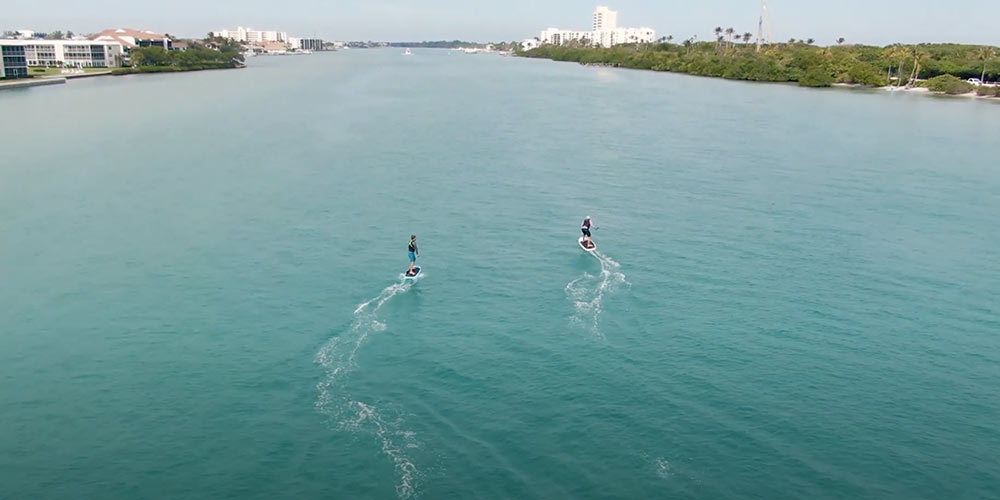
When you’re comfortable kneeling on the board, it’s time to try standing:
- Choose a suitable speed for a stable ride (usually between 8-12 km/h).
- Position one foot in front of your knee and the other foot near the back edge of the board.
- Gradually stand up, keeping your balance centered and your weight on your front leg.
- Don’t forget to keep holding the controller to maintain speed.
- Press down on the front of the board with your front foot to keep the board afloat. Shifting your weight to the back foot can cause the foil to lift, and you may fall into the water.
When standing, make sure your chest and nose align with your front knee. This posture helps you maintain your balance and stay in control. As you stand, try to keep your body centered and your movements smooth to maintain a steady speed.
Increasing Speed
Before accelerating, ensure that your feet are positioned correctly:
- The ideal stance is to lean slightly forward, keeping your front foot slightly behind the front of the board, and your back foot a few centimeters from the battery cover.
- Slowly practice increasing speed. The motor and board will create waves, which will lift the front of the board. To counteract this, apply pressure with your front leg to keep the board level.
Riding Techniques
- Leaning forward with your front foot and body helps keep the board in the water, which is essential for maintaining control.
- As you get more comfortable, you can experiment with increasing speed and reaching a medium pace. Once you hit a speed of around 20-25 km/h, you’ll start flying above the water.
- To achieve flight, gently shift your weight backward while gradually reducing pressure on the front foot. Be cautious—your body should stay aligned with the centerline of the board, and your core muscles should be engaged.
- As soon as the board starts to lift off the water, you’ll hear a change in noise. Lean forward to bring the board back to the water’s surface.
The First Flight
Flying above the water is an exciting experience, and it requires your brain to adjust to a new sense of balance. Don’t worry if you fall—it’s all part of the learning process. Your goal is to fly just a few meters at first and return to the water smoothly.
- Keep practicing, and over time, you’ll get the hang of staying in the air for longer distances. Try jumping higher with each attempt, and avoid bumping into the foil if you fall.
Pro Tips
- Efoil riding differs from regular surfing, and it requires more control with your front foot.
- Always enter the water from the side of the board, and keep your body weight forward to prevent the board from lifting prematurely.
- Don’t worry too much about speed at first; focus on maintaining balance and staying steady on the board.
- Like flying a plane, e-foil flying requires a constant speed for smooth flight. If you go too slowly, the foil will stop, and you’ll fall.
- Avoid sharp turns in shallow water, as you need more practice to make smooth turns.
Maintenance and Storage
Before storing your e-foil, make sure to read the manual for proper maintenance instructions. Always take care to follow any storage guidelines to ensure the longevity of your equipment.
Conclusion
Riding an e-foil is an exciting and rewarding experience, combining the thrill of surfing with the freedom of powered flight over the water. With the right preparation, equipment, and a solid understanding of the basics, anyone can learn how to ride an efoil safely and effectively.
Remember, the key to mastering the e-foil is practice—take your time to learn the proper techniques, focus on your balance, and gradually increase your speed as you gain confidence. Always prioritize safety by wearing the necessary protective gear and choosing a suitable location to ride.
Whether you’re cruising over calm waters or flying above the surface, the more you practice, the more natural the movements will become. With patience and persistence, you’ll soon be gliding effortlessly, enjoying the unique sensation of powered water sports. Keep improving, and most importantly, have fun out there on the water! For more details about electric hydrofoil learning, welcome go to YouTube to see.

